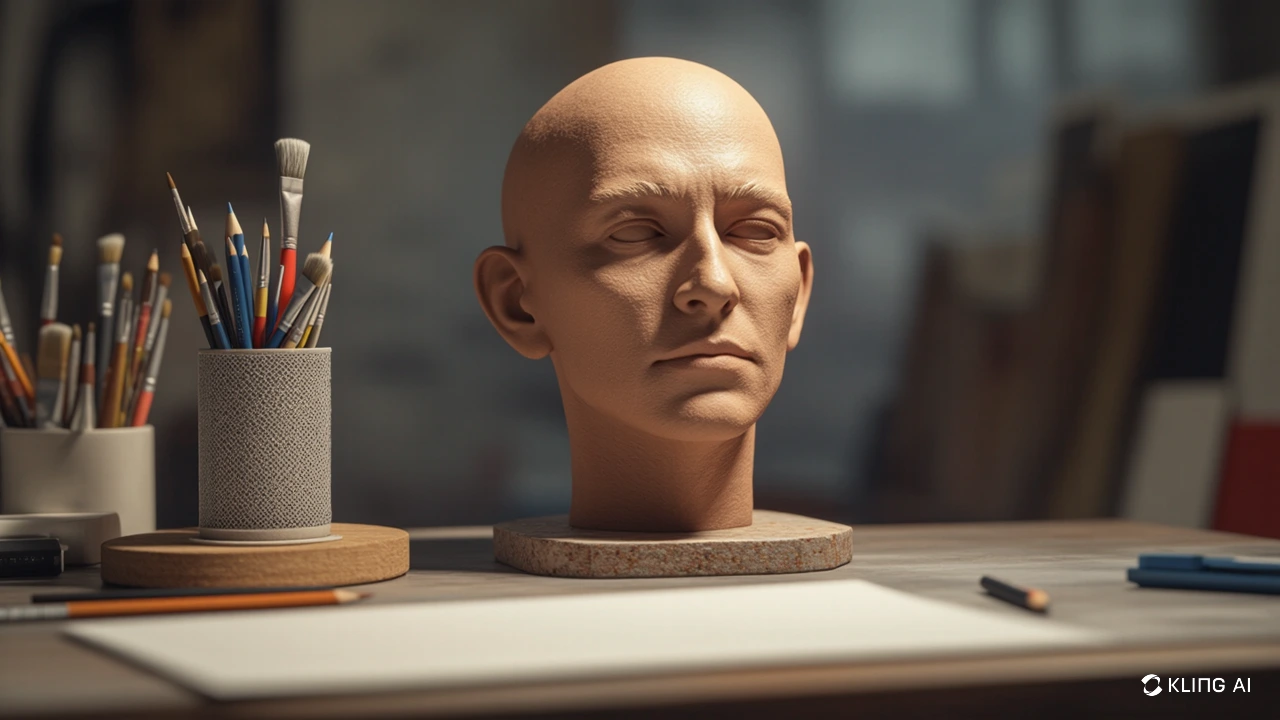How to Draw Realistic: Art Techniques for Beginners

🎨 How to Draw Realistic Art – Step-by-Step Techniques for Beginners (2025)
Drawing realistic art may seem intimidating, but with the right techniques and mindset, even beginners can achieve stunning, lifelike results. In this comprehensive guide, we break down foundational methods and professional workflows used by top realism artists to help you transition from basic sketches to photorealistic drawings.
Whether you’re working in traditional pencil, charcoal, or digital mediums, this step-by-step tutorial will help you build accuracy, control, and artistic depth with confidence.
👁️ Section 1: Scientific Observation Techniques
Realism begins with seeing—not just looking. Training your brain to observe like an artist is essential.
📏 Measurement Methods:
Pencil Sighting: Hold your pencil at arm’s length to measure and compare proportions accurately
Angle Comparison: Use an imaginary clock face to assess angles (e.g., “2 o’clock tilt”)
Negative Space Mapping: Focus on the shapes around objects to correct proportion and spacing
🧠 Perceptual Drawing Exercises:
Upside-Down Drawing: Disrupts symbol memory and forces true visual analysis
Blind Contour Drawing: Builds eye-hand coordination by drawing without looking at your paper
Gesture Drawing: 30-second sketches capture flow and weight—essential for dynamic realism
Pro Tip: Spend more time observing than drawing. The more accurately you see, the better you draw.
💡 Section 2: Understanding Light Physics in Realism
To make your drawings look three-dimensional, you must master how light behaves across different surfaces.
🎚 Professional Value System:
Use a 9-step grayscale chart to practice smooth gradients
Differentiate form shadows (gradual) from core shadows (deepest tones)
Understand reflected light: bounce light should never be brighter than direct light
🌟 Surface & Material Behavior:
Specular vs. Diffuse: Glossy materials have sharp highlights; matte surfaces scatter light
Subsurface Scattering: Found in skin—light passes slightly through before reflecting back
Metal vs. Matte: Metal reflects environment; matte holds shadow
🔬 Section 3: Hyperrealistic Texture Rendering
Texture is where realism truly comes alive. Each surface tells a story through its details.
👤 Skin:
Map pore patterns: denser near nose and T-zone
Use fine crosshatching and stippling for wrinkles and blemishes
Consider the five-zone oil model: forehead, nose, cheeks, chin, upper lip
👗 Fabric:
Calculate weave density based on fabric type (silk vs denim)
Observe catenary curves in hanging cloth
Use directional light to enhance thread sheen
🔩 Metal:
Simulate patina on aged metal using speckled or stippled textures
Follow scratch algorithms: random, but with subtle directional consistency
Recreate anisotropic reflections on brushed steel using elliptical highlights
🧱 Section 4: Professional Layering System for Realistic Drawing
Building a drawing in layers creates depth, accuracy, and texture.
Structural Layer
Use light pencil to block gesture, pose, and perspective grid
Value Block-In
Simplify into three zones: dark, midtone, light
Texture Pass
Apply directional strokes or stippling based on material
Optical Mixing
Glaze or blend subtle tones to smooth transitions
Final Polish
Refine edges (hard vs soft), adjust highlights, and remove graphite shine
💻 Section 5: Digital Realism Workflow (2025 Tools & Trends)
Digital art opens new doors for realism, but principles remain the same.
🖌 Brush Settings for Hyperrealism:
Enable texture rotation for directional strokes
Use pressure-sensitive opacity for subtle gradient control
Overlay surface noise or scanned textures for realism
🌈 Digital Color Science:
Use temperature-based shading: warm light = cool shadows, and vice versa
Mix chromatic shadows using complementary tones, not just black
Add ambient occlusion at contact points for natural depth
🎨 Software Suggestions:
Procreate: Use brush sets with fur, skin, and canvas textures
Clip Studio Paint: Ideal for high-res inking and subtle crosshatching
Photoshop: Great for photo-texture blending and edge control
Pro Tip: Build a reference library of macro photographs (e.g., skin, glass, rock, metal) to use during detailed rendering phases.
📈 Bonus: Realism Skill-Building Challenges
Value Scale Mastery: Fill a sketchbook page with smooth 9-step gradients
Texture Library Creation: Draw 10 textures from observation (e.g., leather, hair, fur, stone)
Mirror-Flipped Accuracy Check: Flip drawings to spot proportion errors
Weekly Still Life: Practice with apples, cups, and hands under varied lighting
🎯 Final Thoughts: From Sketch to Photorealism
Becoming skilled in realistic art is a journey that blends observation, science, and creativity. Whether you're working in graphite, charcoal, or digital tools, mastering realism means learning to see the world in terms of value, form, and texture. With these advanced yet accessible techniques, even beginners can progress toward hyperrealistic results in a structured, rewarding way.
So pick up your pencil or stylus—and start seeing like a realist, one stroke at a time.